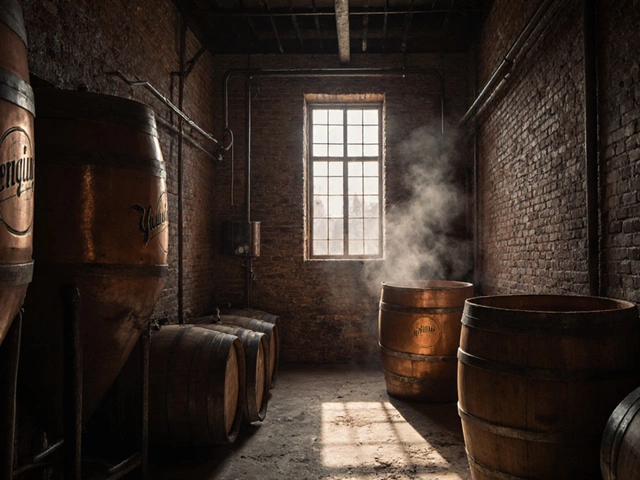Drinking Homebrew: Easy Tips for Enjoying Your Own Brew
So you finally brewed that batch you’ve been bragging about. Now what? Getting the most out of your home‑made beer is almost as fun as brewing it. Below are practical ideas that help you taste, store, and share your brew without a lot of hassle.
Why Homebrew Beats Store‑Bought
First off, your brew has personality. No mass‑market beer can match the flavors you created on purpose. When you drink your own batch you know exactly what went in – the hop schedule, the malt profile, even the water chemistry. That transparency lets you spot the notes you love and ditch the ones you don’t.
Second, you control the cost. A few pounds of grain, hops and yeast stretch far longer than a six‑pack from the shop. Think of the savings you pocket when you drink a pint you made for a fraction of the price.
Lastly, homebrew fosters community. Sharing a fresh growler with friends feels like a celebration. They’ll taste the effort you put in, and you’ll get feedback that shapes your next batch.
Practical Tips for a Better Sip
Chill it right. Most ales taste cleaner at 45‑55°F, while lagers shine a bit colder, around 38‑40°F. Use a fridge or a bucket with ice water for quick cooling. Don’t over‑ice; a frosty glass can mute aromas.
Use the right glass. A tulip or a snifter lets the nose work, while a pint glass is fine for casual sessions. Avoid wide‑mouth mugs; they let carbonation escape too fast.
Let carbonation settle. If you bottle‑condition, give the bottles 2‑3 weeks at room temperature, then a few days in the fridge. This prevents over‑foaming and gives the beer a smoother mouthfeel.
Watch the pour. Tilt the glass 45 degrees, pour slowly down the side, then straighten when it’s half full. This reduces excess head and lets the beer release its bouquet.
Store smart. Keep bottles upright, away from light, and at a consistent temperature. Light and heat cause “skunky” off‑flavors that ruin a good brew.
Pair with food. Light, citrusy ales go great with fish or salads, while richer stouts match chocolate or grilled meats. Experiment – the goal is to highlight both food and beer.
Finally, keep notes. Jot down the brew date, ingredients, fermentation temperature and your tasting impressions. Over time you’ll see patterns and improve faster than you think.
Enjoying your homebrew is as rewarding as making it. Follow these simple steps, share with friends, and you’ll find every sip feels like a small win. Cheers to good beer, good company, and the thrill of drinking something you crafted yourself.
Brewing beer at home has a rewarding sense of accomplishment, but timing is crucial. Understanding the stages of brewing, from fermenting to bottling, influences when you can sip that perfect pint. Learn about the optimal timeline to enjoy your brew to its fullest. Dive into the science behind fermentation and the variables affecting your beer's readiness. Discover how patience and precision can transform your homemade beer into a masterpiece.
View Details

